The 2025 British Pavilion in Venice offered up a Geology of Britannic Repair
The 2025 British Pavilion in Venice is curated by an Anglo-Kenyan team of architects and designers; titled 'GBR: Geology of Britannic Repair', it explores the landscape of colonialism, its past, present and futures
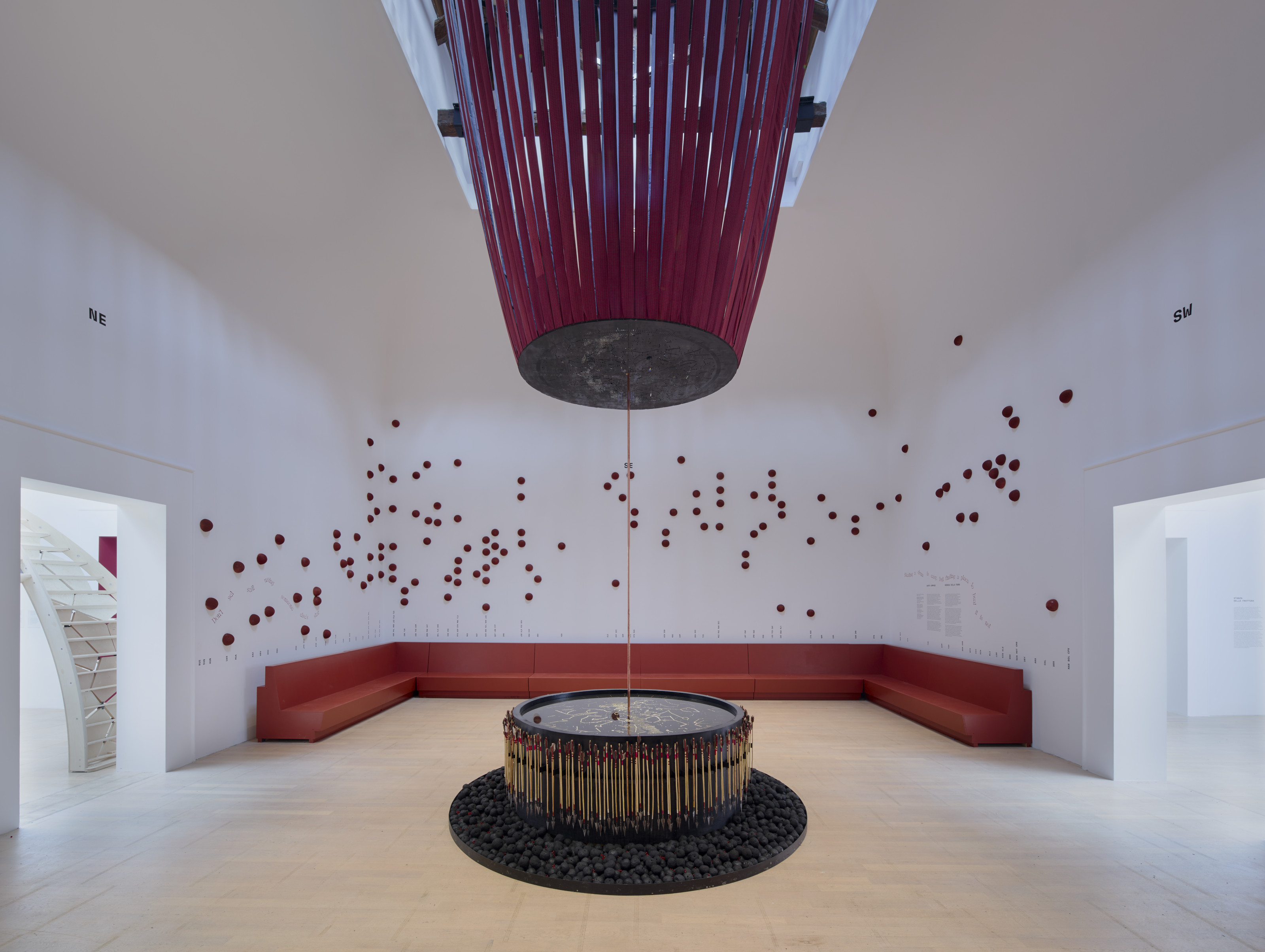
There's a positional arrogance to the British Pavilion, placed as it is to terminate the grand axis of the Giardini, flanked by France and Germany on either side but raised up above both. Dating from 1909, just before the extent and scale of the British empire reached its peak, the building was designed by the architect Edwin Alfred Rickards. With its grand cascade of steps, classical columns and the bearing of a temple, not a gallery space, it is a prime example of how culture projects soft power.
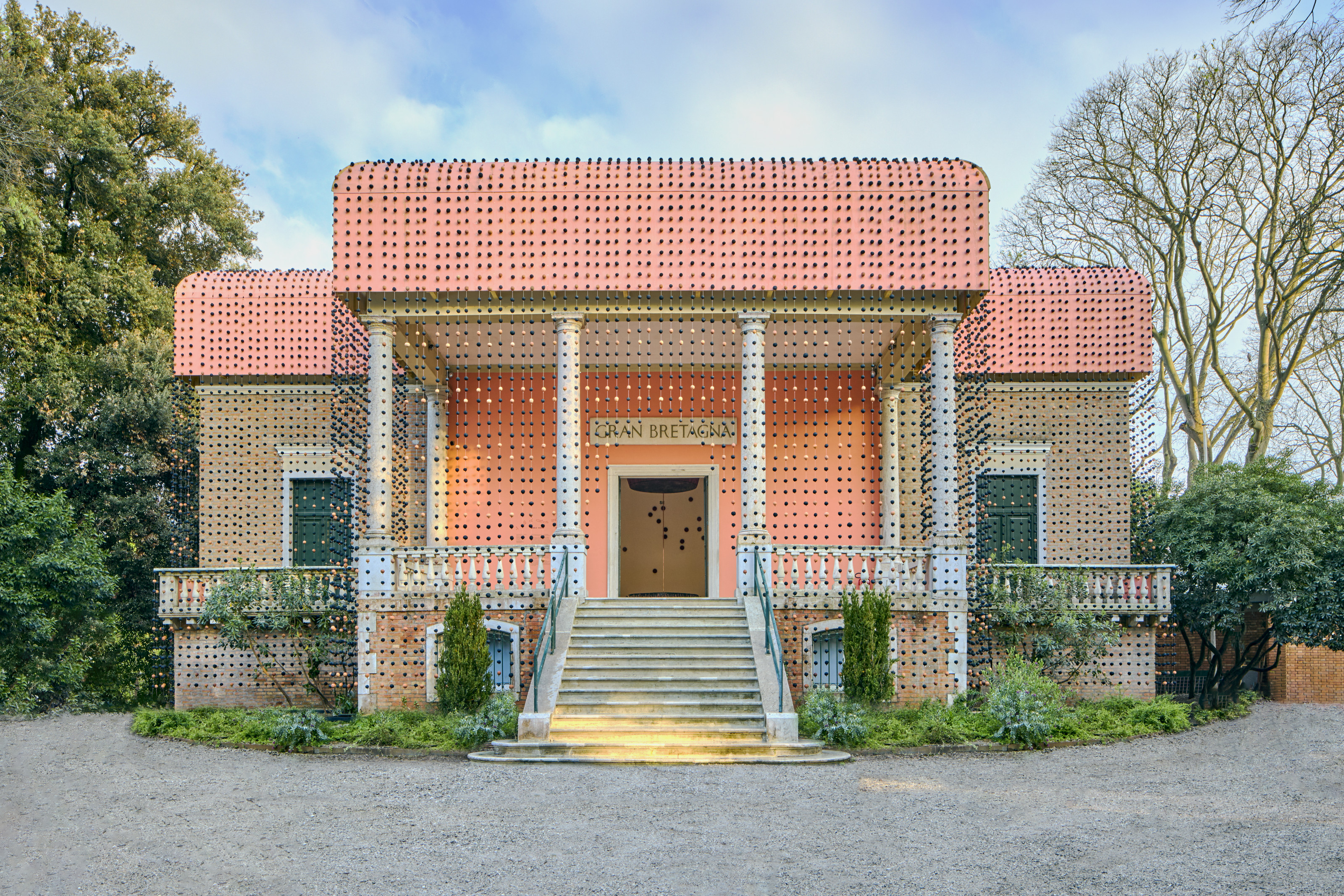
Cave_bureau, Owen Hopkins and Kathryn Yusoff, Double Vision
Enter the 2025 British Pavilion in Venice: 'GBR: Geology of Britannic Repair'
Inside, apart from the main space, things are a little different. A tight, awkward procession of smallish rooms, with high ceilings, the pavilion is a throwback to an earlier age, a world of rigour and hierarchy. Unsurprisingly, this small but significant symbol of an evaporated empire frequently serves as a backdrop for exhibitions questioning and challenging the long-term legacy of the country that built it. And so it proves at the Venice Architecture Biennale 2025, with the installation GBR: Geology of Britannic Repair.
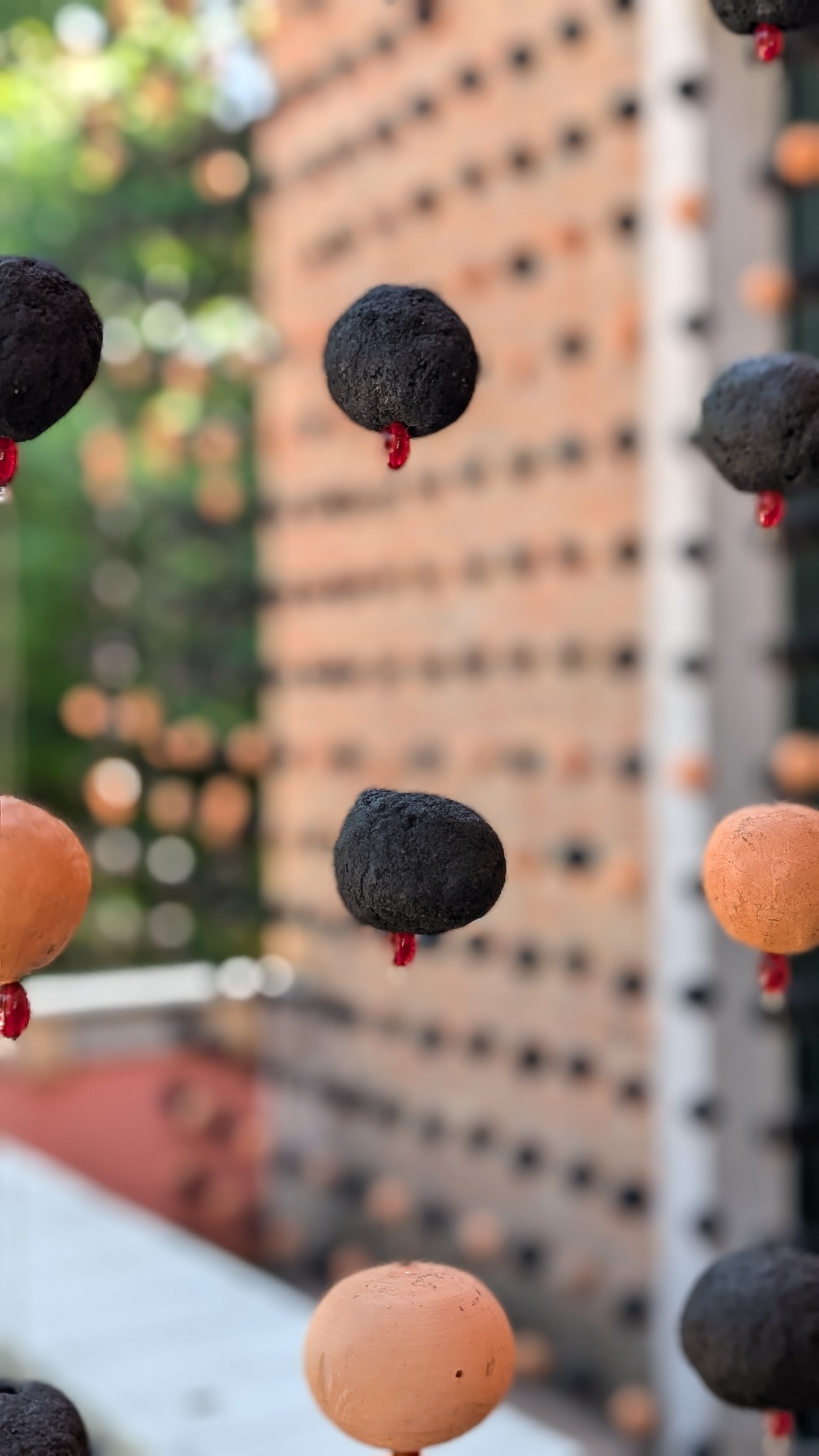
Detail of Cave_bureau, Owen Hopkins and Kathryn Yusoff's exterior installation, Double Vision
This year’s curatorial team, Kabage Karanja and Stella Mutegi of Nairobi-based architecture studio Cave_bureau, and UK-based writer Owen Hopkins and academic Professor Kathryn Yusoff, are not the first to react against the structure and its inherent symbolism. At the Venice Architecture Biennale 2023, a curatorial team responding to the festival assembled by Lesley Lokko created a celebration of the new spaces of multiculturalism, Dancing Before The Moon. GBR goes further, literally digging into the fabric of the structure to represent past and present challenges to colonialism.
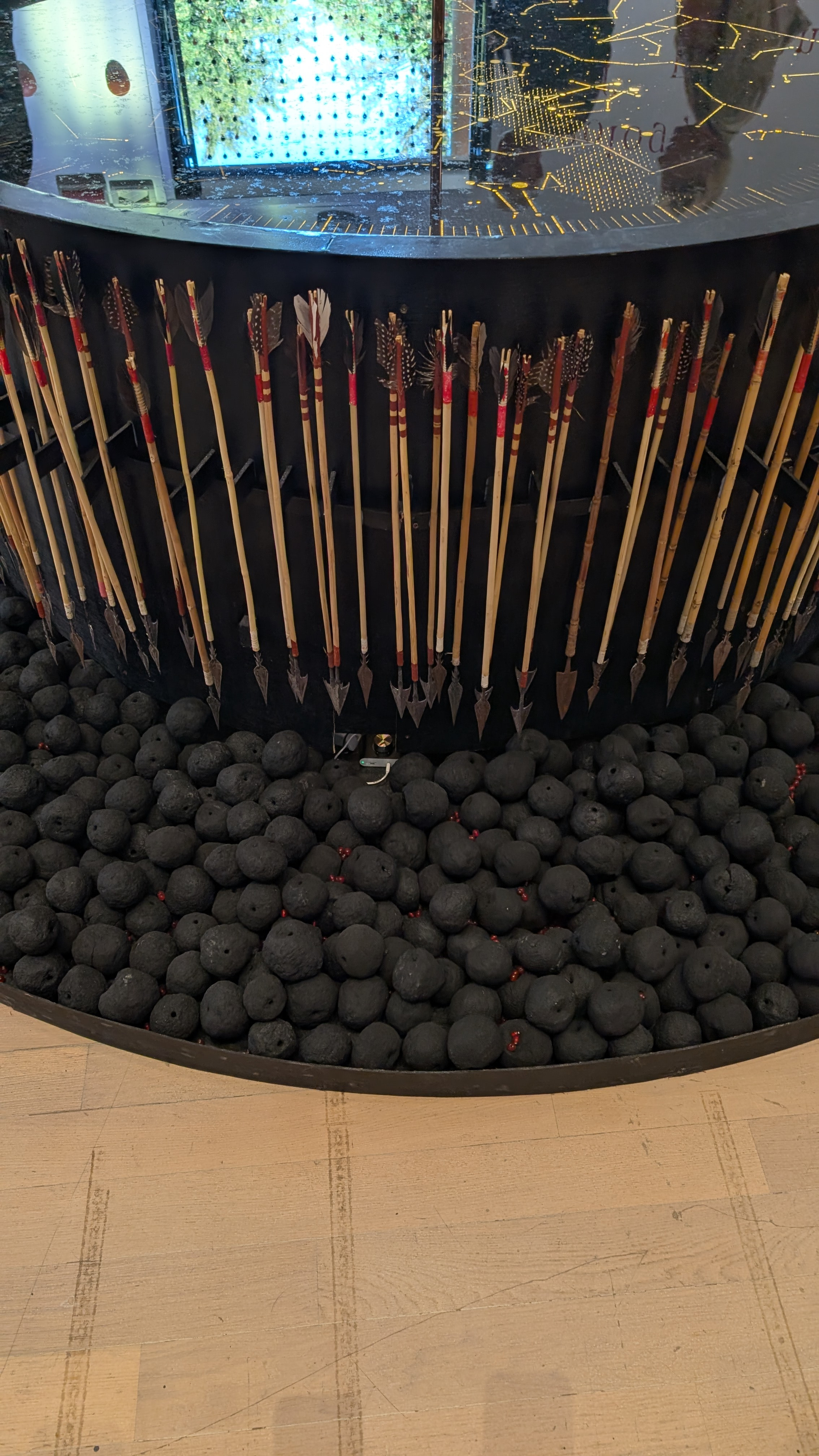
Detail of Earth Compass by Cave_bureau, Owen Hopkins and Kathryn Yusoff
This physicality starts with the exterior and a piece called Double Vision, consisting of a beaded veil that shrouds the structure and obscures its overt classical symmetry through a new texture formed from red glass beads and spheres made from clay and agricultural waste. The exhibition is part of a wider British Council project, the UK/Kenya Season 2025, forming a waypoint between London and Nairobi, with a ‘geographical, geological and conceptual focus’ on the Rift Valley.
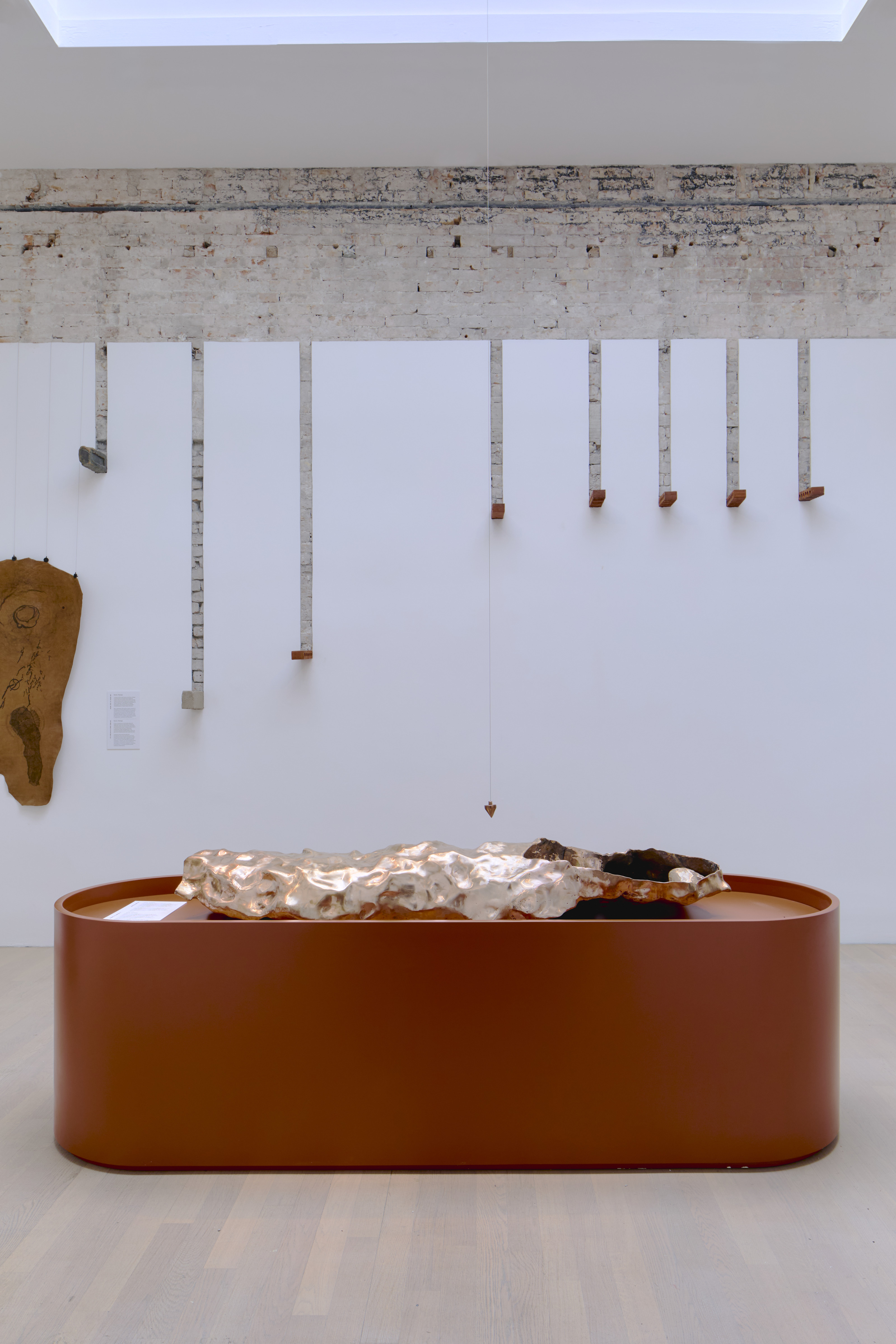
Rift Room, Cave_bureau, Owen Hokins and Kathryn Yusof
The central installation, Earth Compass, this connection is made explicit, reproducing the stars in the sky on the night of 12 December 1963, the date of Kenya’s independence. Paths subsequently diverged but cultural ties remained, with the post- empire realities for each country illustrated via a representation of national cumulative carbon emissions.
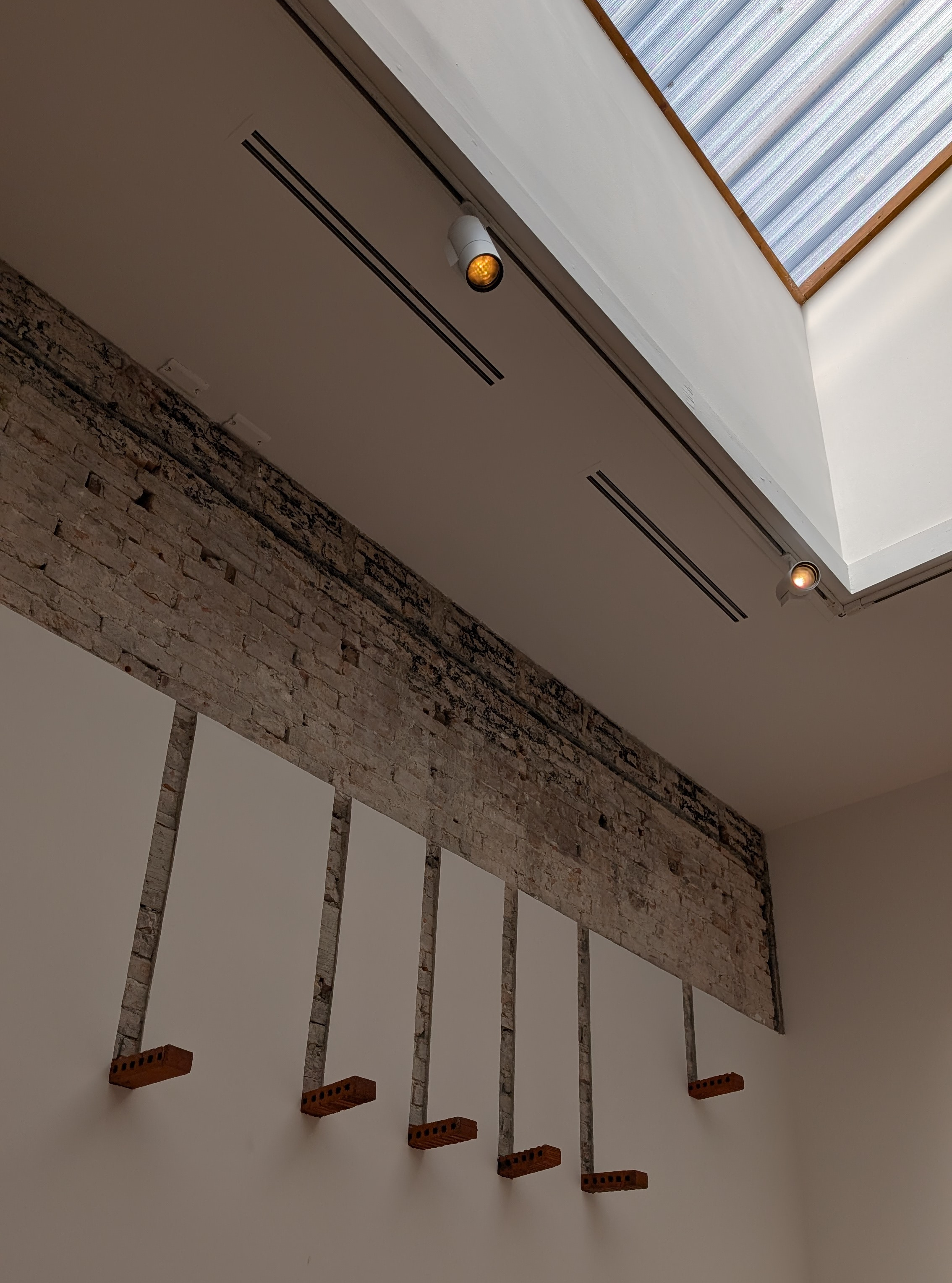
A detail of the inserted bricks in Rift Room
This is followed by the Rift Room, an installation centring around a bronze cast of a Kenyan cave system frequented by baboons, whilst the pavilion walls are peeled back to brick to allow the insertion of Kenyan and British bricks into the original structure. The room was created in collaboration with e-flux Architecture.
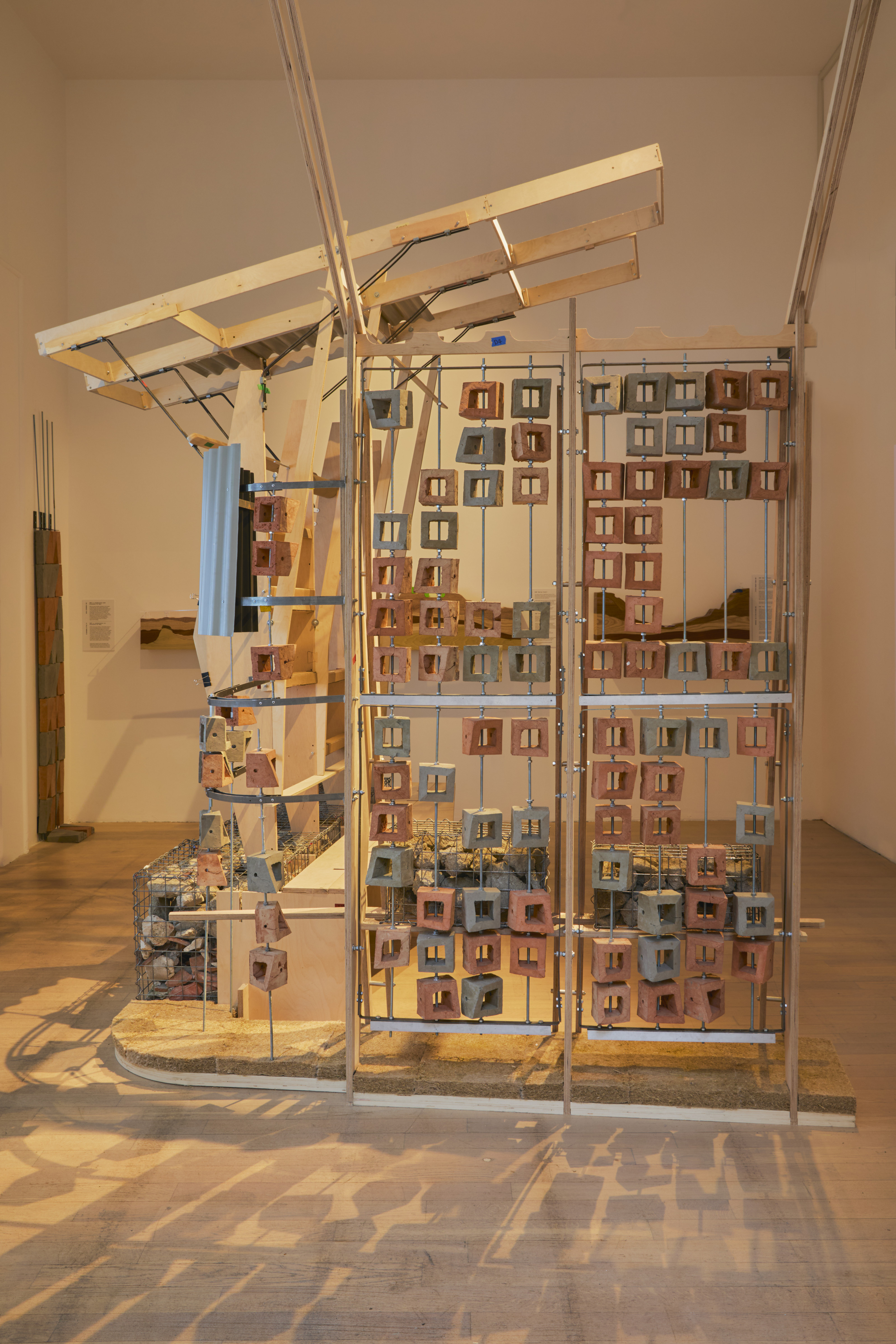
Objects of repair, Palestine Regeneration Team/PART (Yara Sharif, Nasser Golzari, Murray Fraser)
Objects of Repair comes next, a project by Yara Sharif, Nasser Golzari and Murray Fraser of the Palestine Regeneration Team (PART). An exploration of the changed and blasted landscape of Palestine, forever tortured by its twentieth century role as a colonial bargaining chip, part of this piece is practical, imagining how the scars of war and destruction could be repurposed as practical building materials. An animation tumbles through a three-dimensional world of shattered concrete, conjuring beauty and reflection out of past and ongoing horrors, layer upon layer of them.
Receive our daily digest of inspiration, escapism and design stories from around the world direct to your inbox.
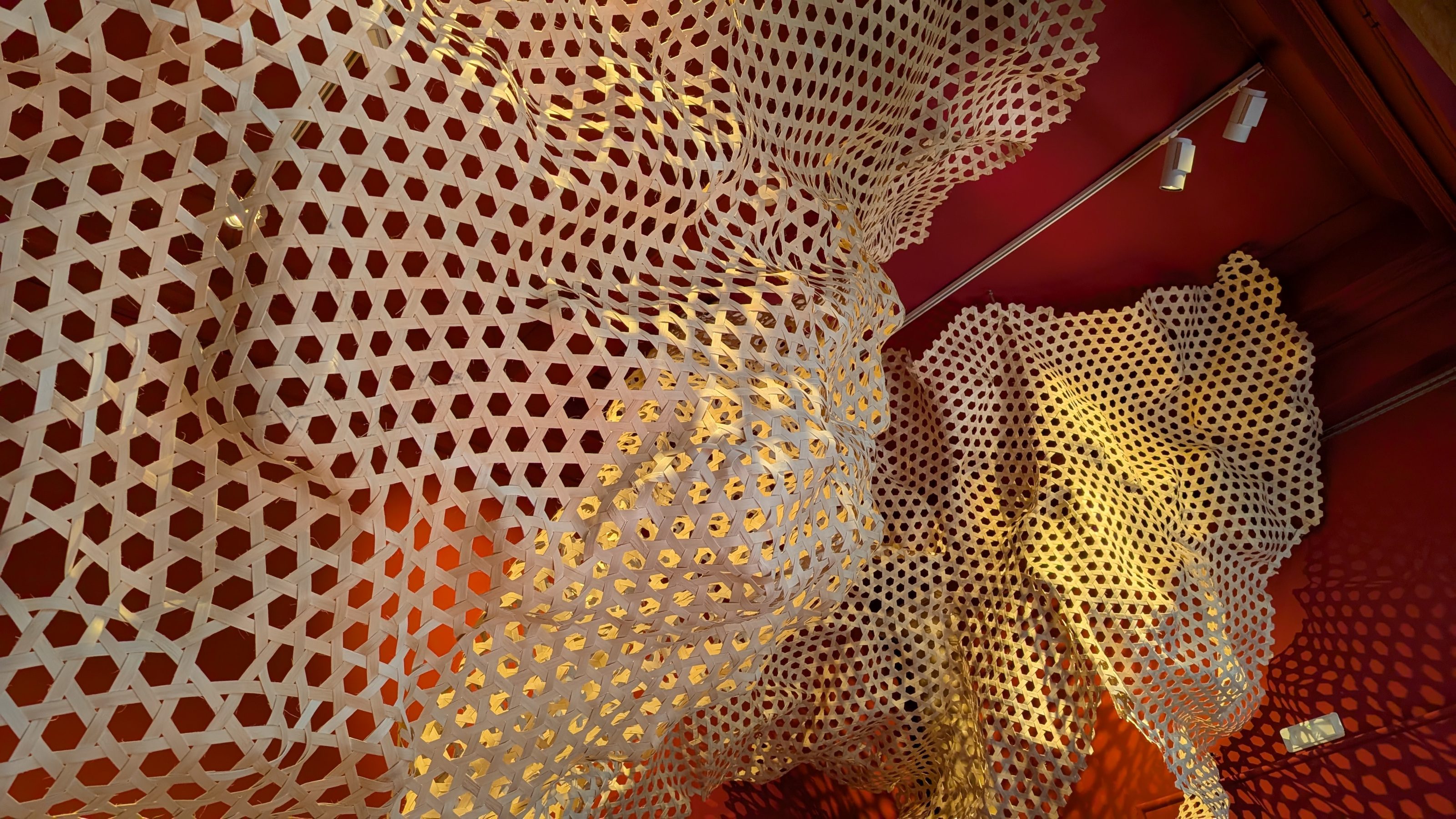
Shimoni Slave Cave, Cave_bureau with Phil Ayres and Jack Young, Centre for Biohybrid Architecture at the Royal Danish Academy
The installation that follows, formed from rattan weave, also ekes beauty out of a historic terror that continues to reach into the present. A collaboration between Nairobi-based practice Cave_bureau and Professor Phil Ayres at the Royal Danish Academy, the structure is a 1:1 recreation of part of the Shimoni Slave Cave in Kenya. This natural cave system was once used to hold enslaved Africans ahead of their transportation. Although there was an arduous and terrifying underground escape route to another complex, the Three Giant Sister Caves, these jagged, angular forms, pierced by patterns of light, are intended to ‘reimagine a space of trauma as a space for repair and healing.’
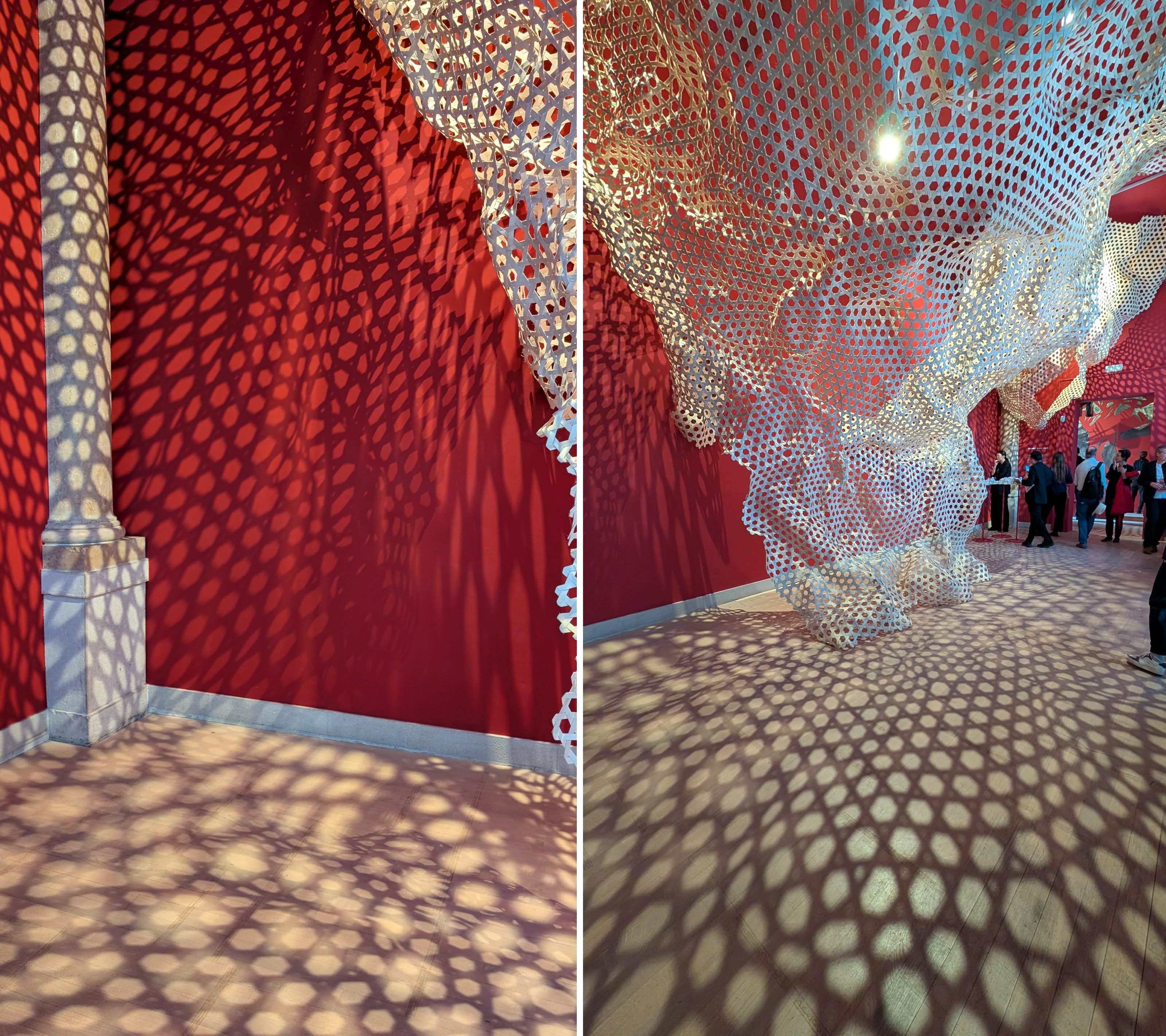
Shimoni Slave Cave, Cave_bureau with Phil Ayres and Jack Young, Centre for Biohybrid Architecture at the Royal Danish Academy
Dr Thandi Loewenson’s Lumumba’s Grave is a celebration of the dream of the African space programme, paired with imagined remnants of satellites as ‘technofossils’ and in the final gallery is the installation Vena Cava.
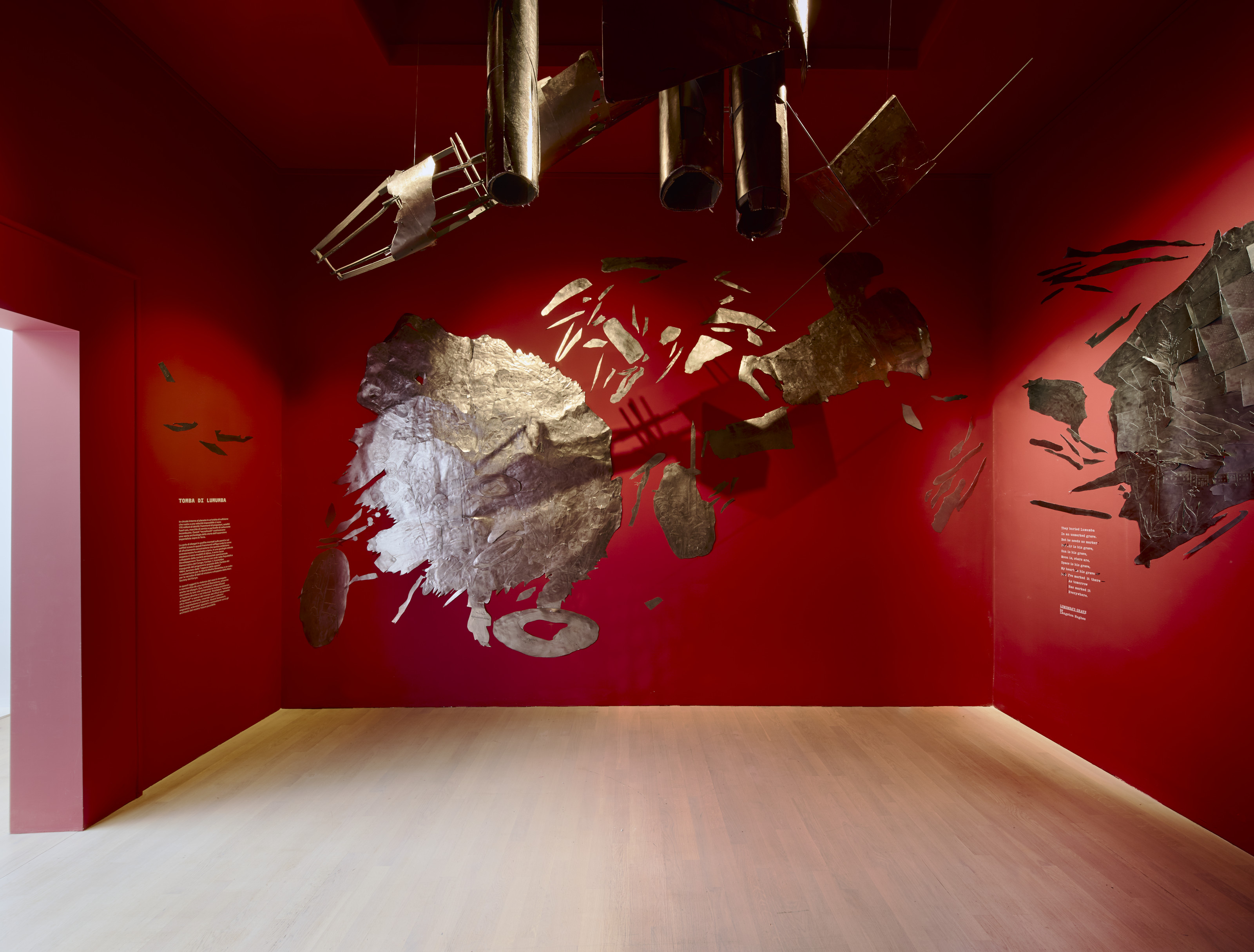
Lumumba’s Grave, Dr Thandi Loewenson
Taking the geometry of Decimus Burton’s Palm House at Kew, a vessel and symbol of the physical transplantation of the tropics, the Ghanaian-Filipino designer Mae-ling Lokko and Argentinean architectural designer Gustavo Crembil have created Vena Cava, an empty timber structure filled with panels of new material possibilities. These include fly ash, bioplastics, and fungi, a world away from the industrialisation of mineral extraction and exploitation that is one characteristic of colonialism.
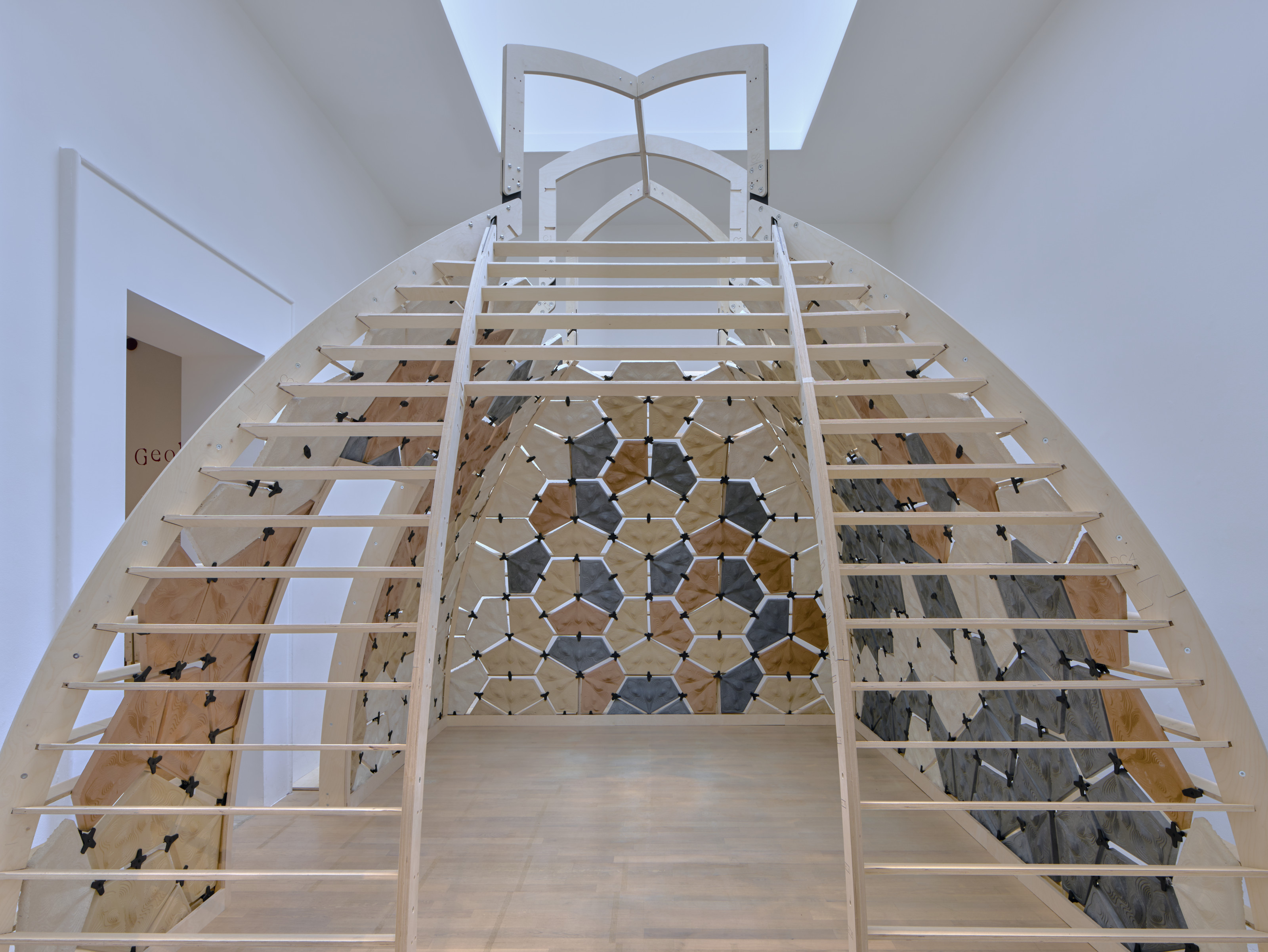
Vena Cava, Mae Ling Lokko and Gustavo Crembil
As in 2023, the British Pavilion was awarded a Special Mention by the jury of the 19th International Architecture Exhibition. The exhibition was supported in part by The Dalmore Scotch Whisky, who also sponsored the British Council’s opening night party at the Archivio di Stato di Venezia.
The British Council commission GBR – Geology of Britannic Repair is at the Venice Architecture Biennale 2025 until Sunday 23 November 2025, VeniceBiennale.BritishCouncil.org, LaBiennale.org
Jonathan Bell has written for Wallpaper* magazine since 1999, covering everything from architecture and transport design to books, tech and graphic design. He is now the magazine’s Transport and Technology Editor. Jonathan has written and edited 15 books, including Concept Car Design, 21st Century House, and The New Modern House. He is also the host of Wallpaper’s first podcast.
-
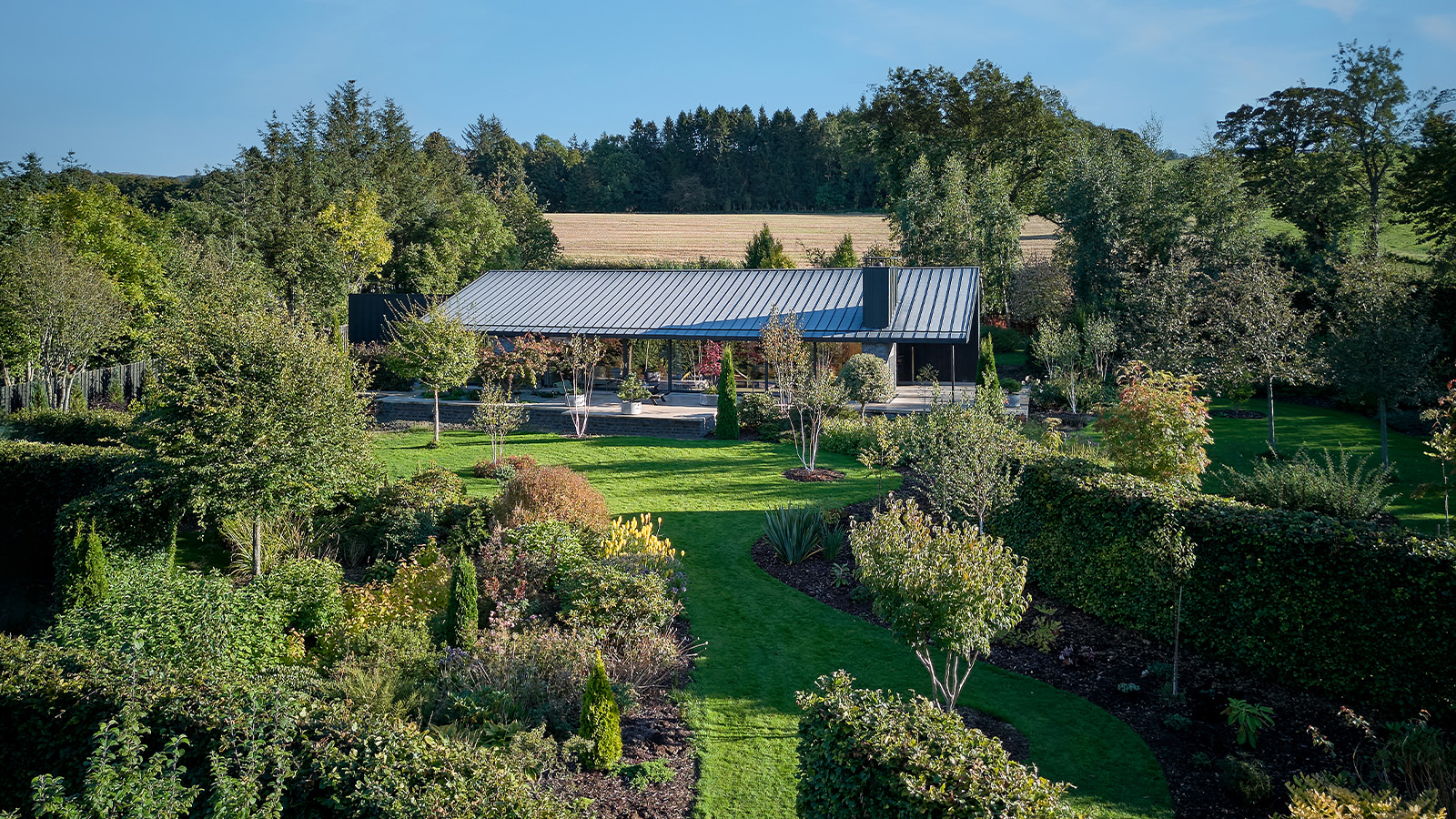 A compact Scottish home is a 'sunny place,' nestled into its thriving orchard setting
A compact Scottish home is a 'sunny place,' nestled into its thriving orchard settingGrianan (Gaelic for 'sunny place') is a single-storey Scottish home by Cameron Webster Architects set in rural Stirlingshire
-
 7 colours that will define 2026, from rich gold to glacier blue
7 colours that will define 2026, from rich gold to glacier blueThese moody hues, versatile neutrals and vivid shades will shape the new year, according to trend forecasters
-
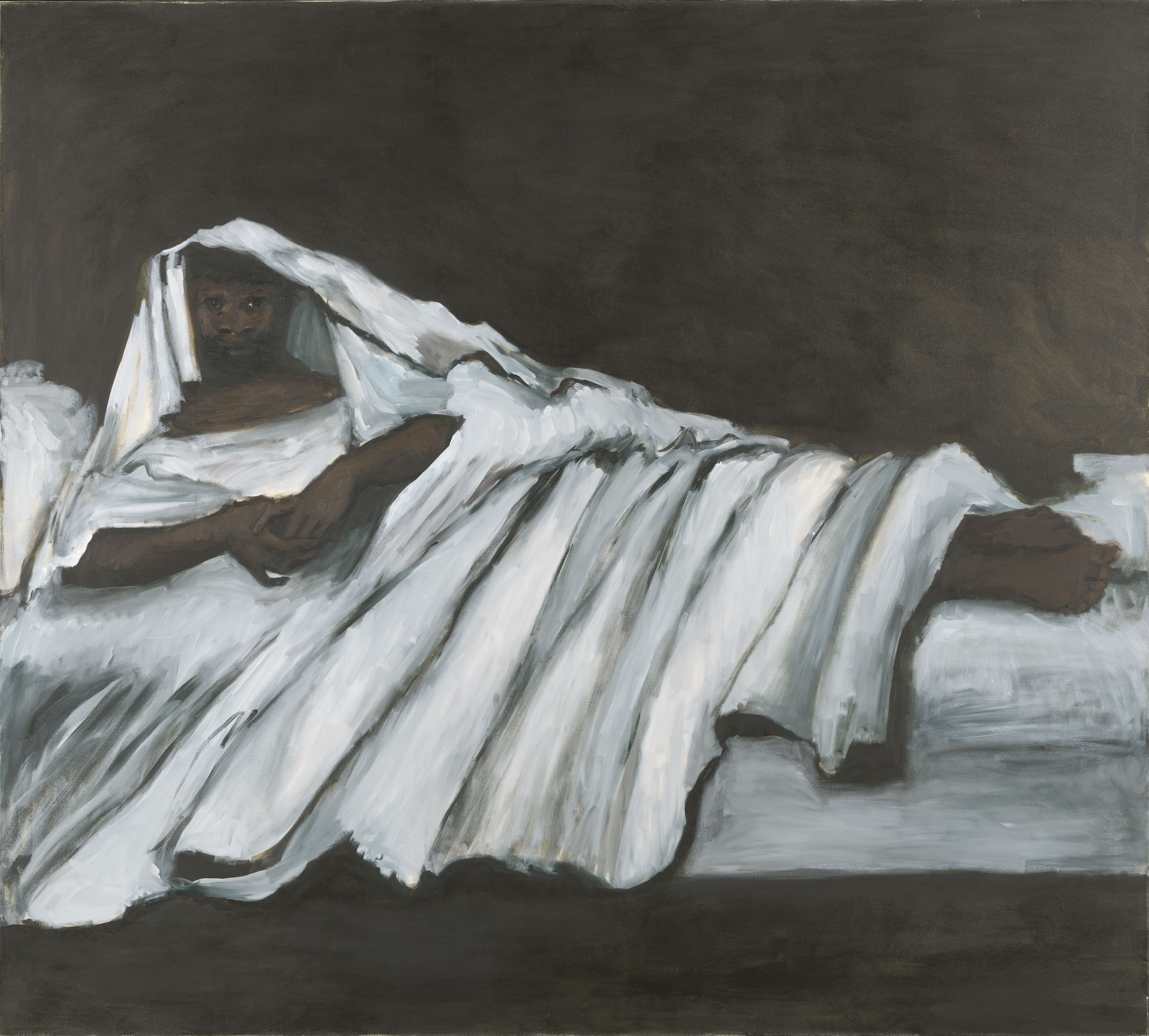 In Norway, discover 1000 years of Queer expression in Islamic Art
In Norway, discover 1000 years of Queer expression in Islamic Art'Deviant Ornaments' at the National Museum of Norway examines the far-reaching history of Queer art
-
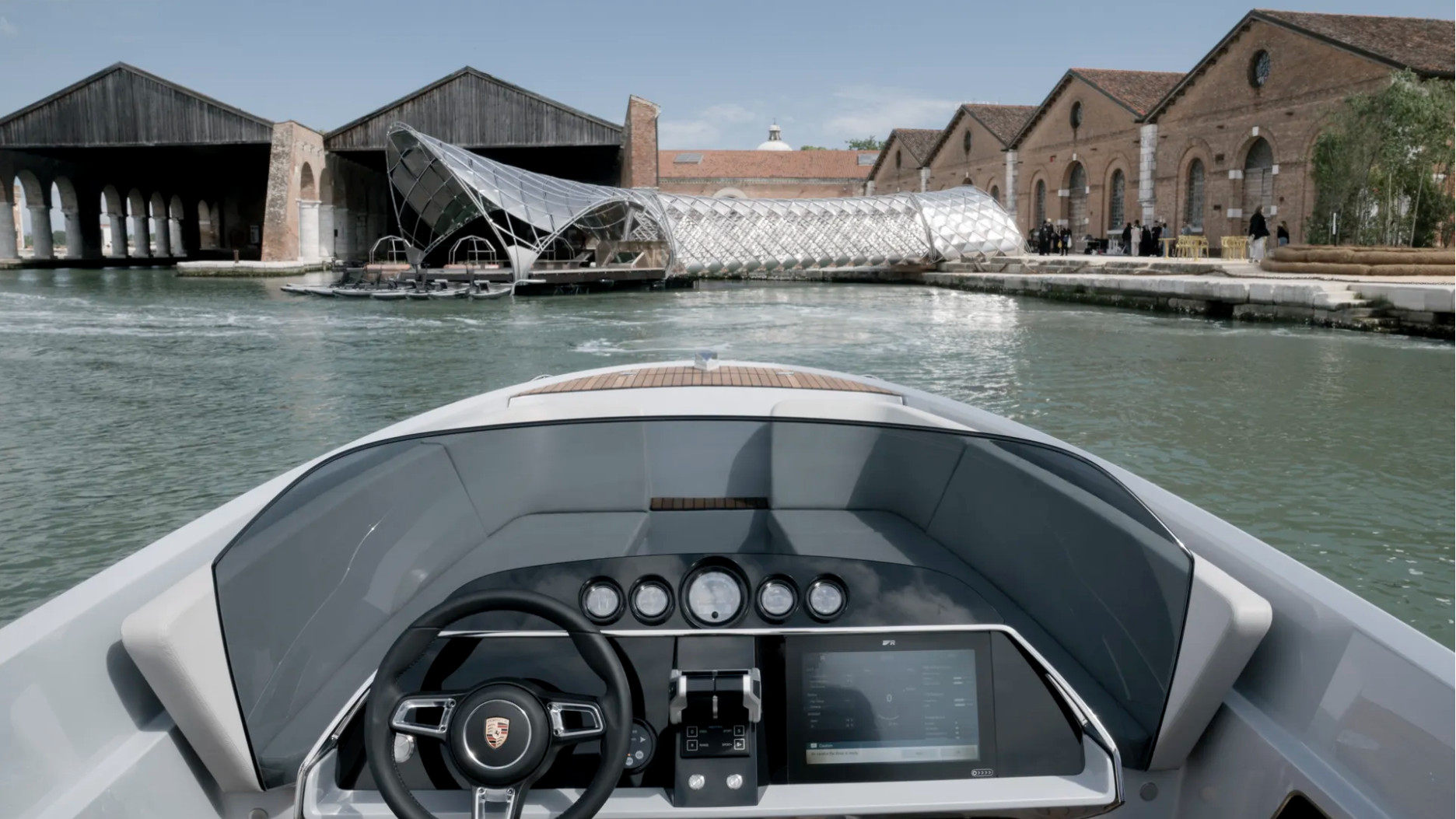 Porsche and the Norman Foster Foundation rethink the future of mobility
Porsche and the Norman Foster Foundation rethink the future of mobilityA futuristic Venice transport hub, created with the Norman Foster Foundation for Porsche’s The Art of Dreams programme, is a star of the city’s Architecture Biennale
-
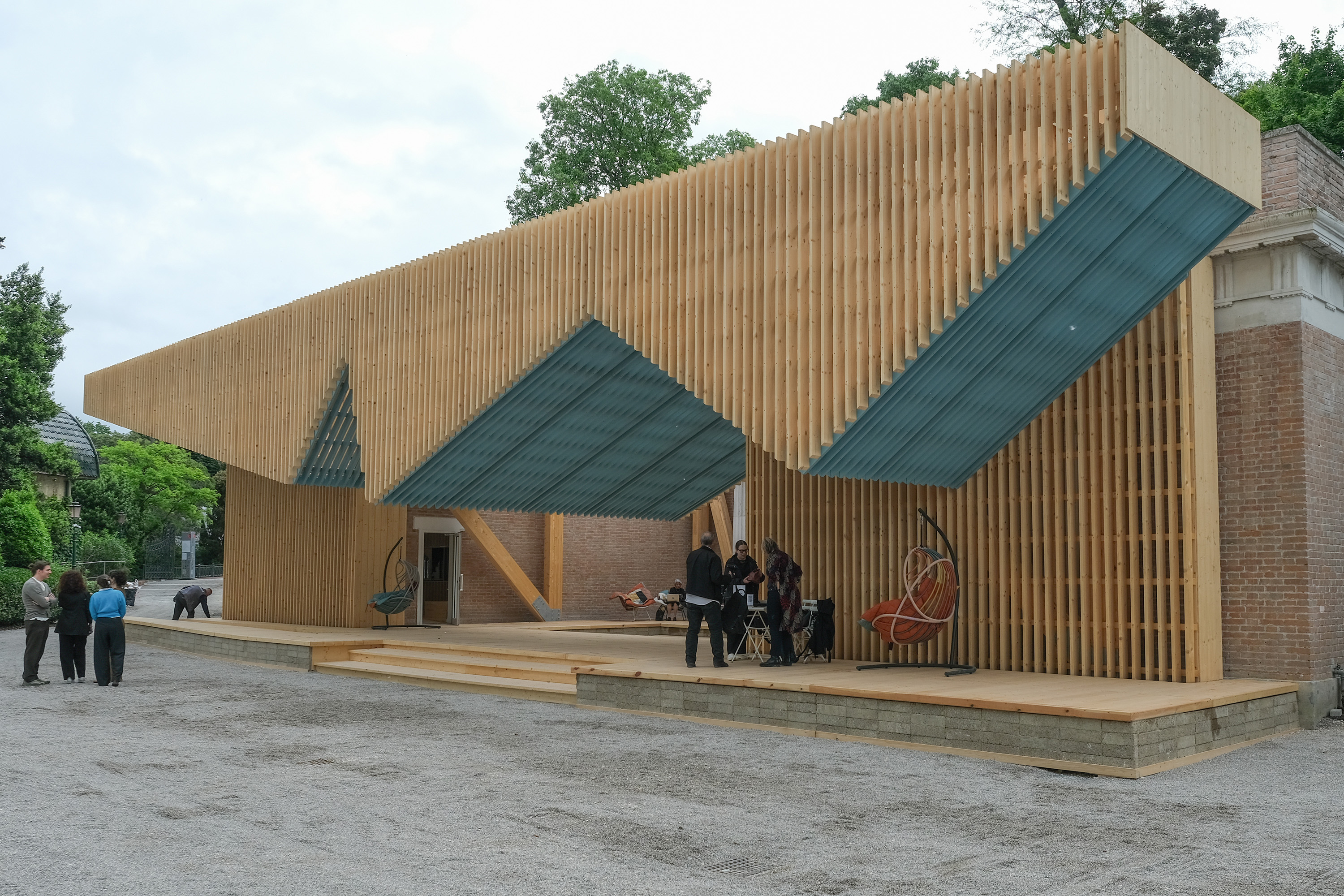 Want to be a Venice pavilion commissioner? Bring ideas – and your Rolodex
Want to be a Venice pavilion commissioner? Bring ideas – and your RolodexThe impressive showings of the USA's Venice pavilion in the Giardini belie the ambitious fundraising efforts that underpin them. Past and present curators tell us how it works
-
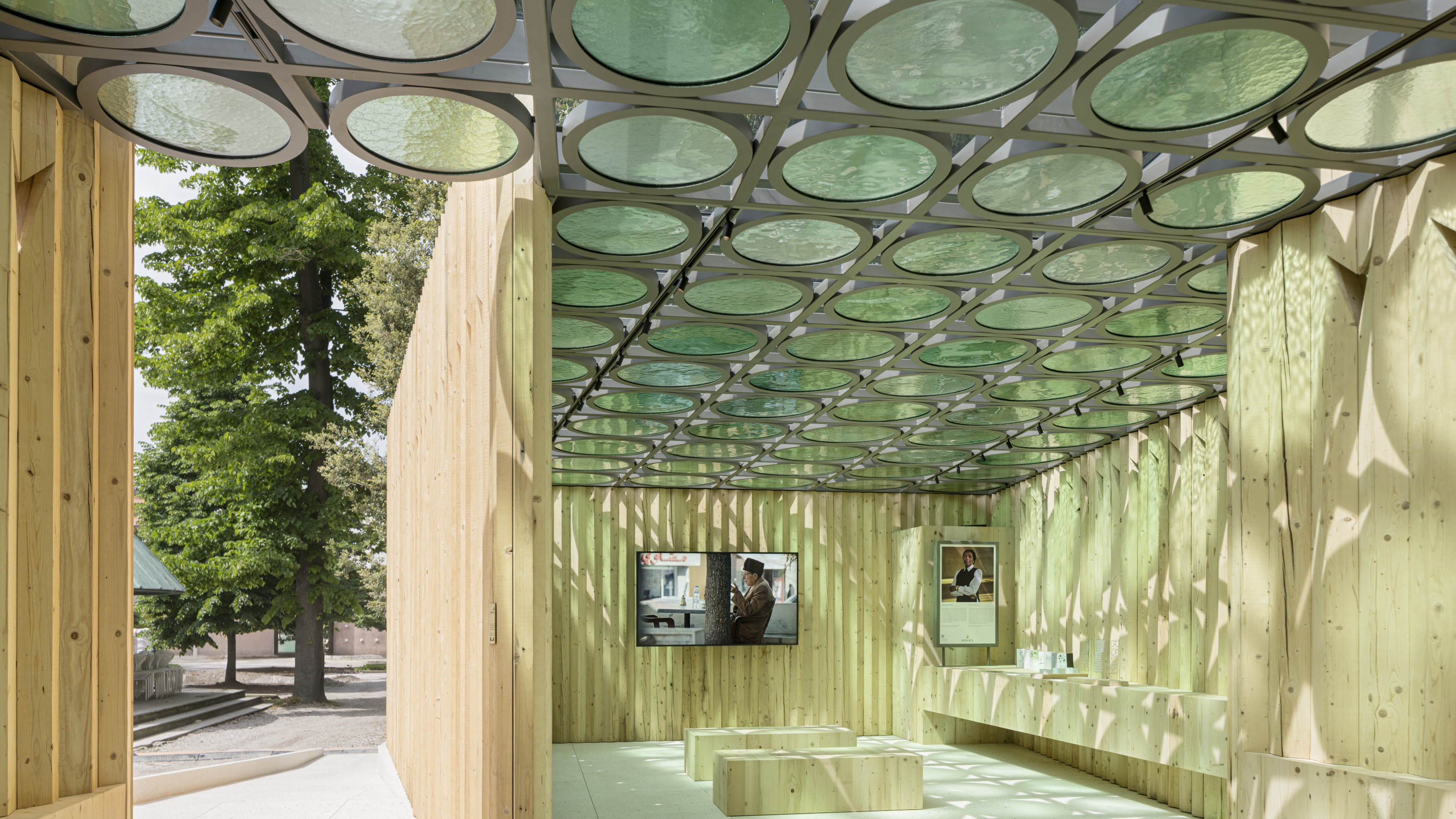 Sustainability underpins new Rolex Pavilion at the Venice Architecture Biennale
Sustainability underpins new Rolex Pavilion at the Venice Architecture BiennaleDesigned by architect Mariam Issoufou, the Rolex Pavilion is full of sustainably-minded soul – here’s what to expect from the building and the exhibit
-
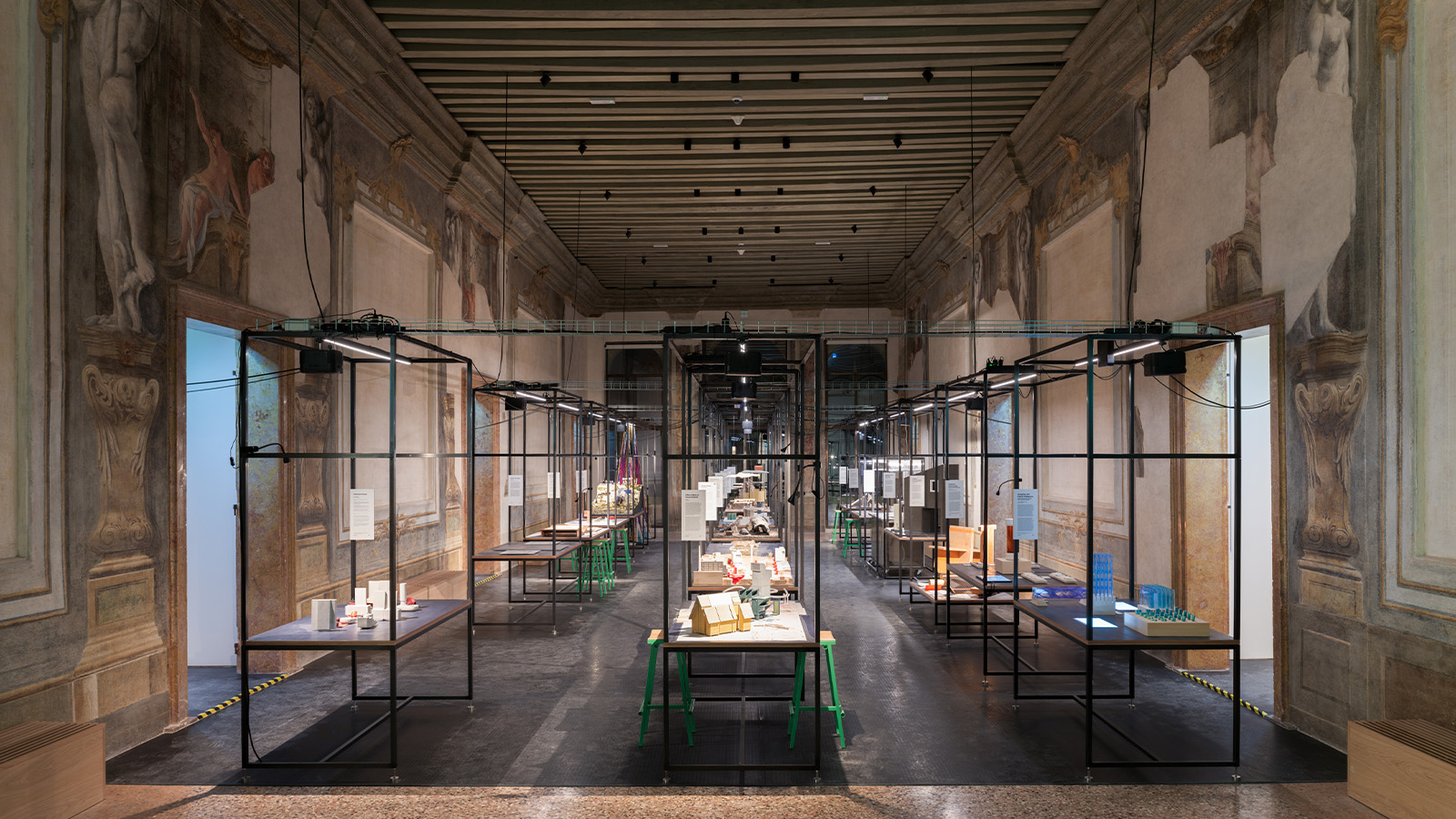 From 3D printed mud homes to portable kitchens, in Venice, we explore new ways to co-exist with our planet
From 3D printed mud homes to portable kitchens, in Venice, we explore new ways to co-exist with our planetAt Palazzo Diedo a new exhibition by MIT Architecture and Antikythera questions how construction is currently understood in order to ‘rebuild’ our world, for 19th Venice Architecture Biennale
-
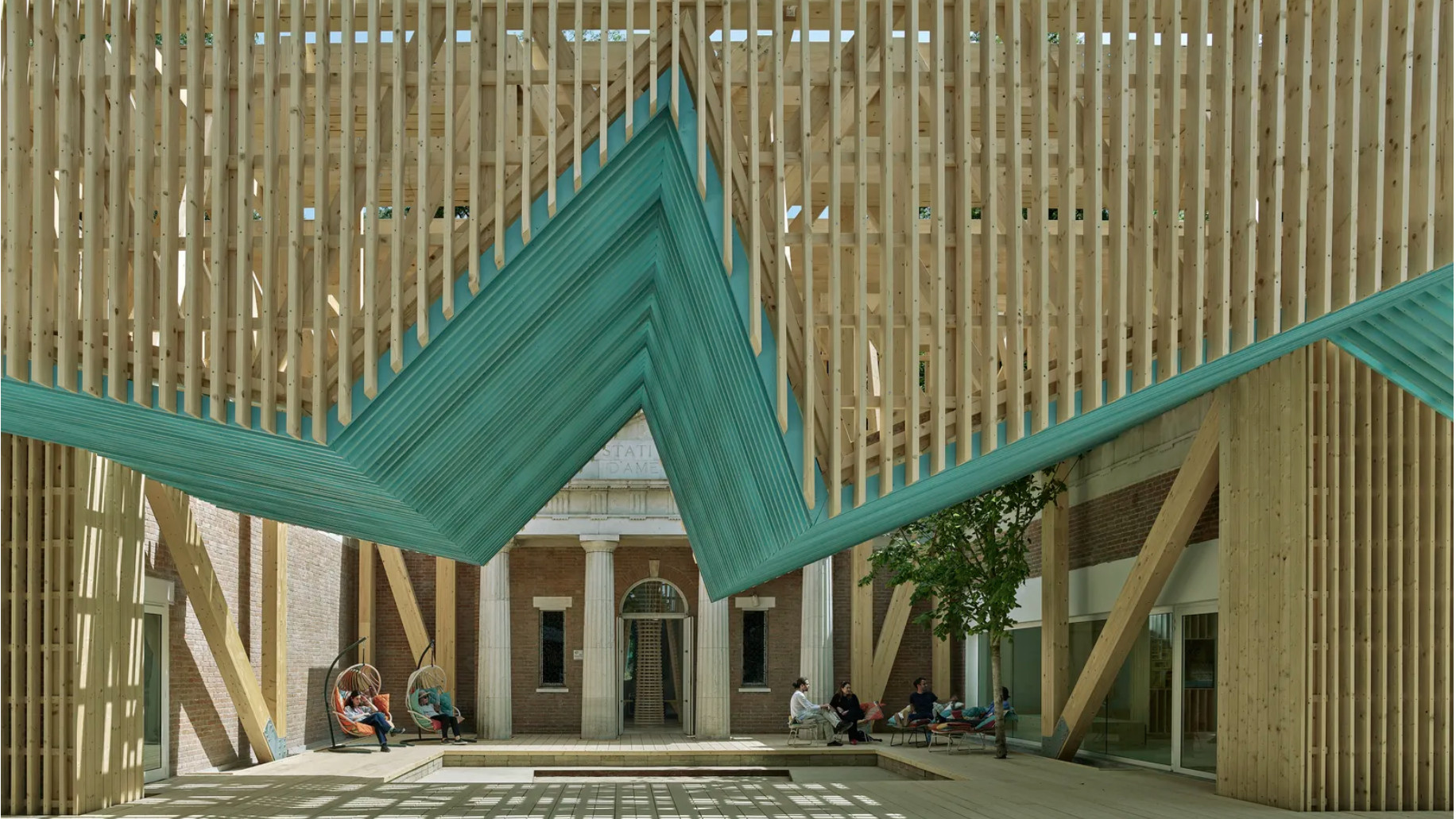 The 2025 US Pavilion at the Venice Architecture Biennale asks visitors to gather round
The 2025 US Pavilion at the Venice Architecture Biennale asks visitors to gather round‘PORCH: An Architecture of Generosity’ is a celebration of togetherness
-
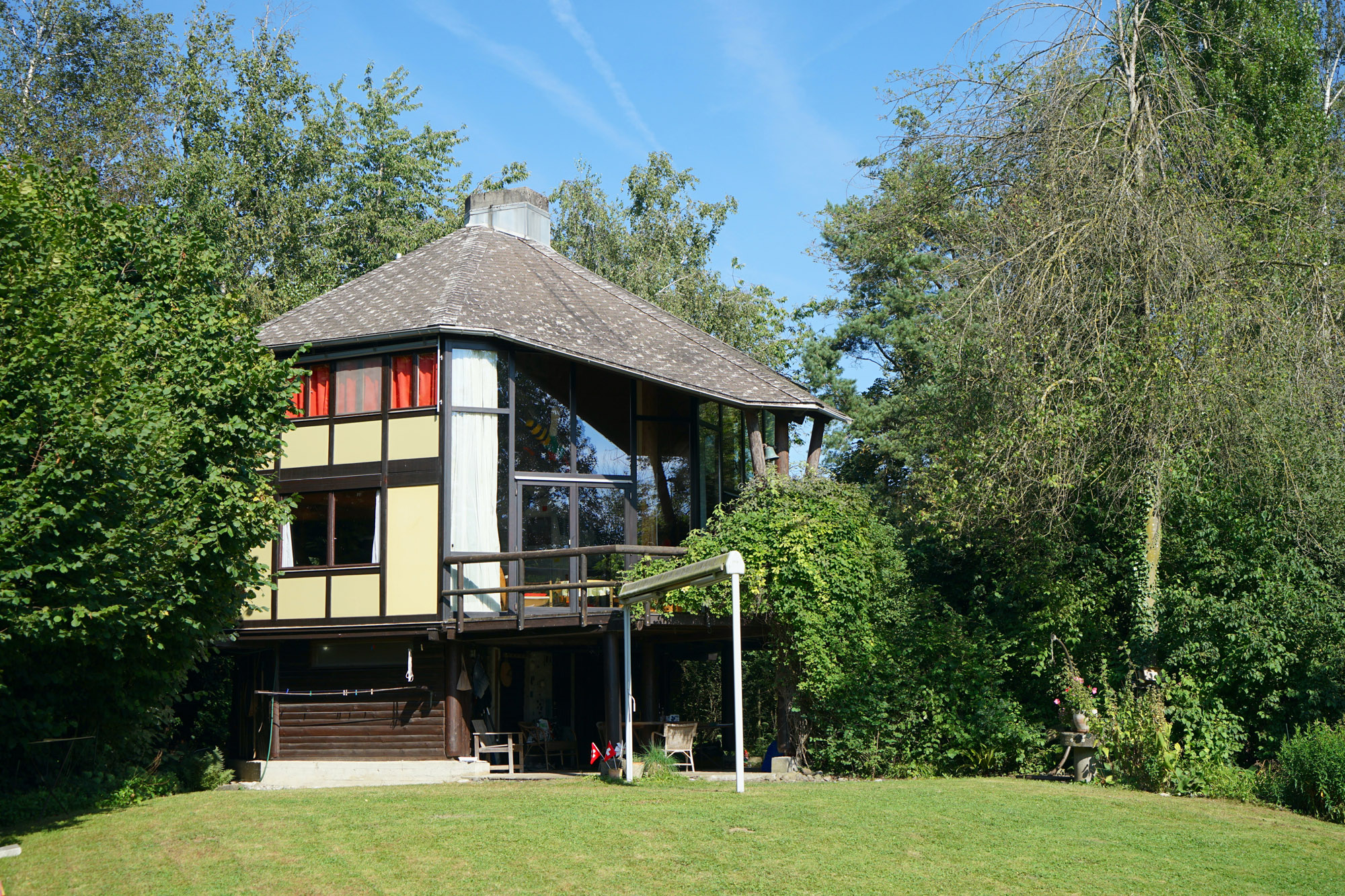 Behind the design of national pavilions in Venice: three studios to know
Behind the design of national pavilions in Venice: three studios to knowDesigning the British, Swiss and Mexican national pavilions at the Venice Architecture Biennale 2025 are three outstanding studios to know before you go
-
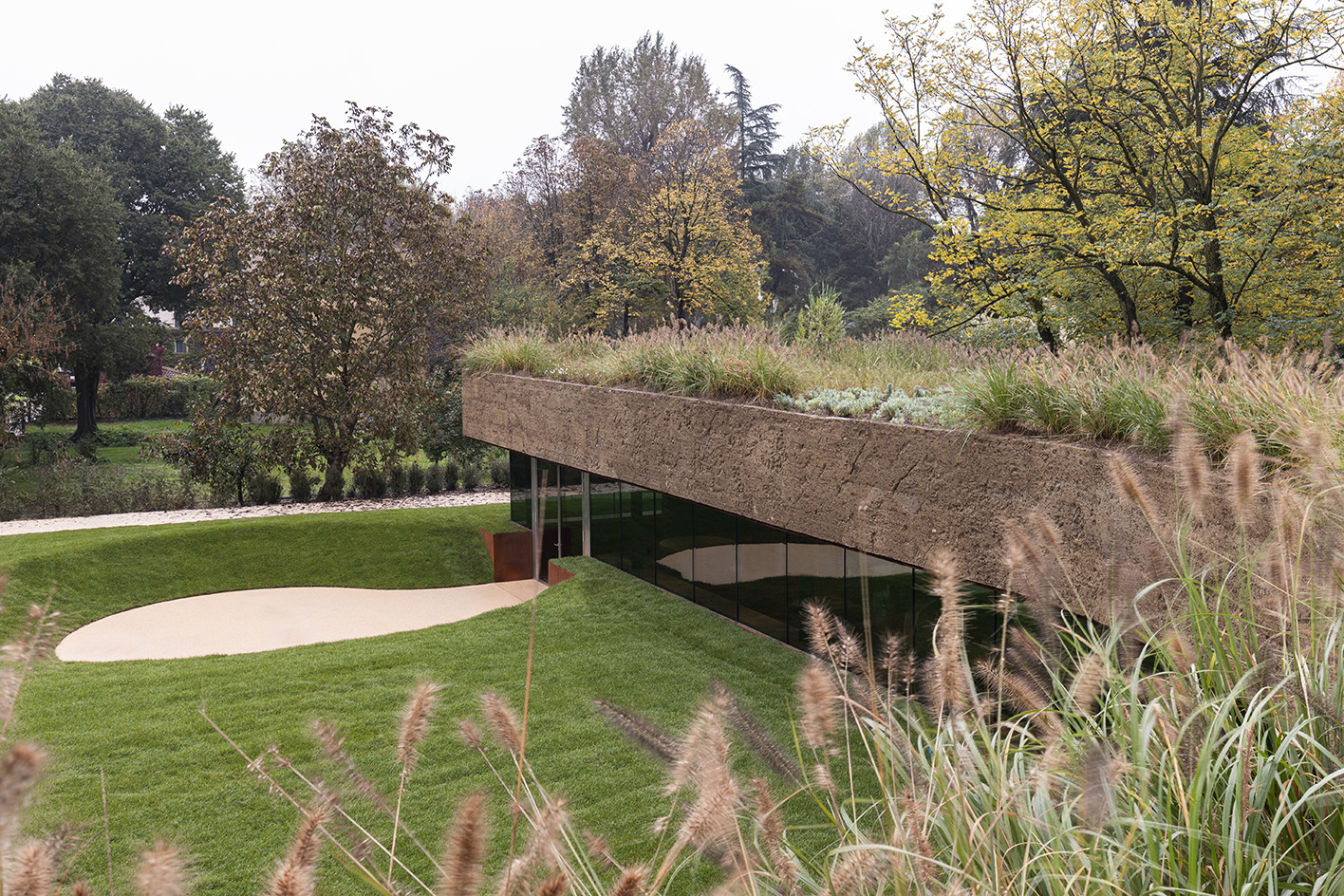 Meet Carlo Ratti, the architect curating the 2025 Venice Architecture Biennale
Meet Carlo Ratti, the architect curating the 2025 Venice Architecture BiennaleWe meet Italian architect Carlo Ratti, the curator of the 2025 Venice Architecture Biennale, to find out what drives and fascinates him ahead of the world’s biggest architecture festival kick-off in May
-
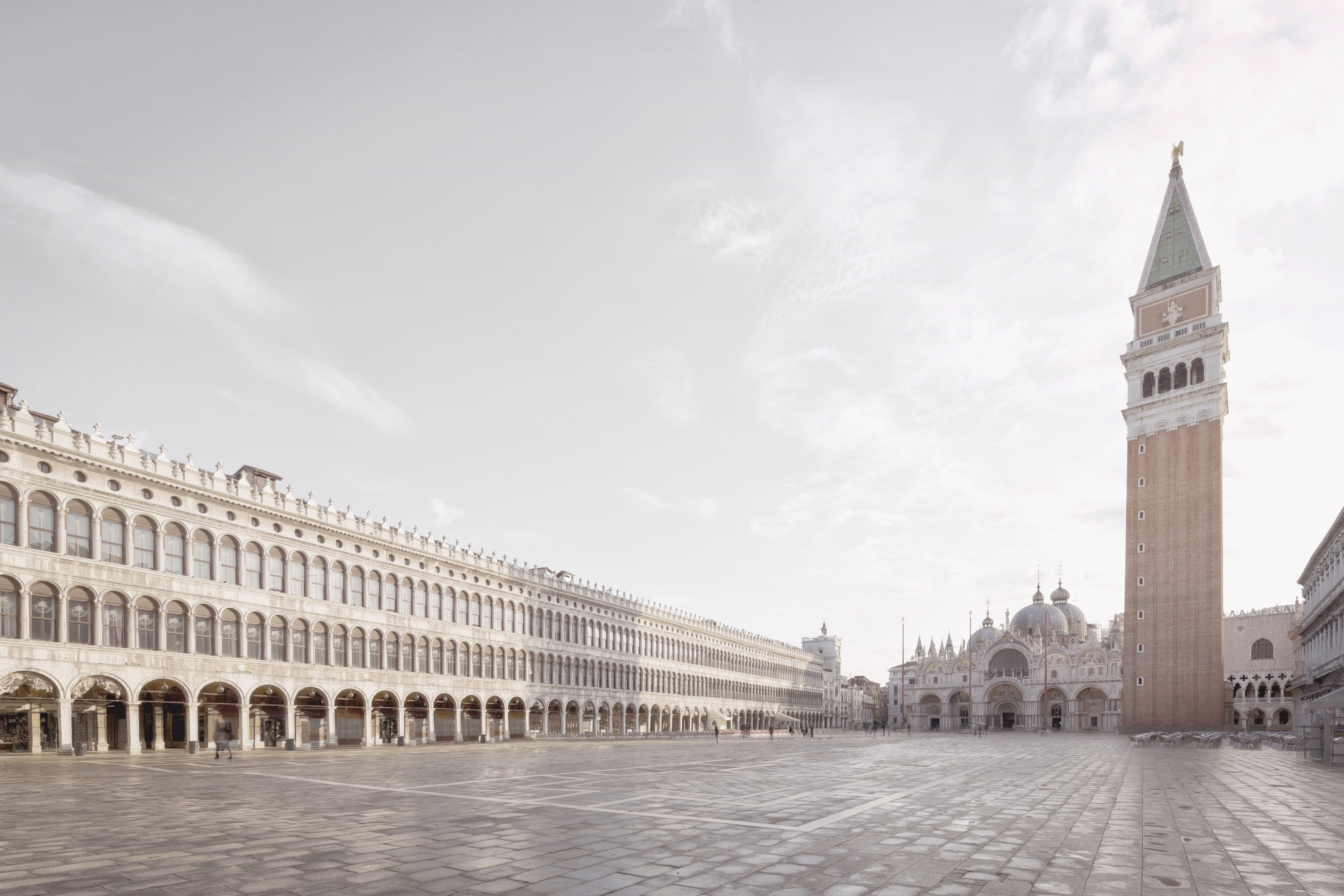 Venice Architecture Biennale 2025: the ultimate guide
Venice Architecture Biennale 2025: the ultimate guideThe Venice Architecture Biennale 2025 is now open to the public, and our ultimate guide for the what, who and where of the biannual festival is here to help you navigate the Italian island city and its rich exhibition offerings